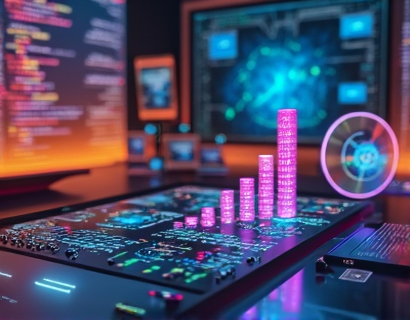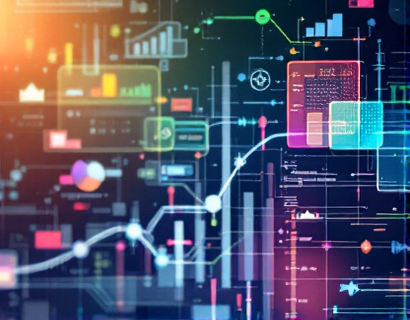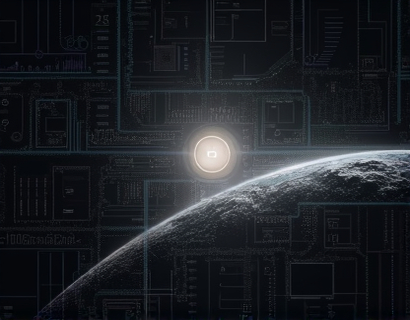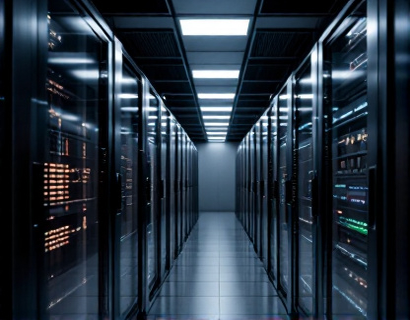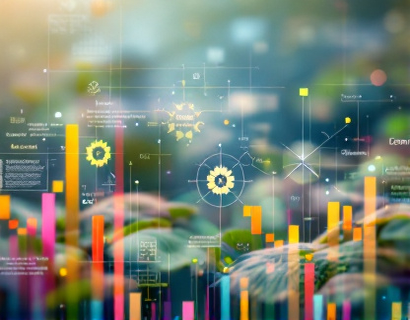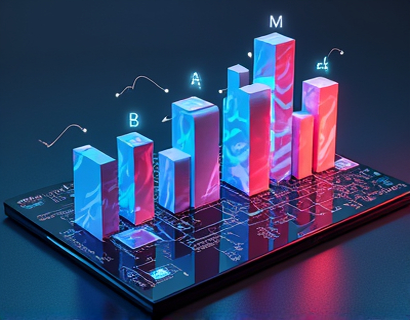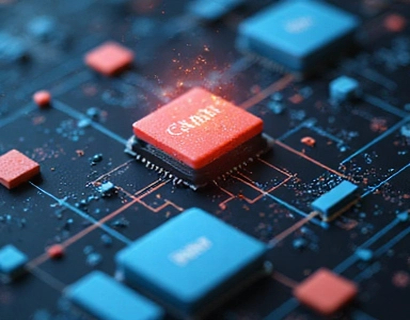Decentralized Productivity Amplified: Harnessing AI and Crypto for Next-Gen App Ecosystems
The digital landscape is undergoing a profound transformation, driven by the convergence of artificial intelligence (AI) and decentralized technologies. This shift is not merely an evolution but a revolution, promising to redefine how we interact with applications and manage our productivity. By merging AI with cryptocurrency and decentralized systems, we unlock a new era of app ecosystems that are more efficient, secure, and user-centric. This article explores the transformative power of these technologies, highlighting how they can enhance user experience and redefine workflows in the digital age.
The foundation of this new paradigm lies in decentralized technology. Traditional centralized systems have long been the backbone of digital applications, but they come with inherent limitations. Centralized systems are vulnerable to single points of failure, data breaches, and censorship. Decentralized systems, on the other hand, distribute control and data across a network, eliminating these vulnerabilities. This decentralization not only enhances security but also promotes transparency and user autonomy.
One of the key benefits of decentralized systems is their ability to foster trust without intermediaries. In a decentralized app ecosystem, users can interact directly with applications and services, reducing reliance on centralized authorities. This direct interaction is made possible through blockchain technology, which provides a tamper-proof ledger for transactions and data storage. Blockchain ensures that all actions within the ecosystem are transparent and verifiable, building trust among users.
AI plays a crucial role in amplifying the capabilities of decentralized systems. By integrating AI, these systems can offer intelligent, adaptive, and personalized experiences. AI algorithms can analyze vast amounts of data to provide insights, automate tasks, and optimize workflows. In a decentralized context, AI can enhance security, improve user interfaces, and enable predictive analytics, all while maintaining the core principles of decentralization.
Let's delve deeper into how AI and decentralized technologies can be harnessed to create next-generation app ecosystems. One of the primary areas of innovation is in the development of decentralized applications (dApps). dApps leverage blockchain to ensure that applications run independently of central servers. This means that the application's code and data are stored on a blockchain, making them resistant to censorship and manipulation. Users can interact with dApps through decentralized interfaces, often using cryptocurrency for transactions, ensuring that all interactions are secure and traceable.
AI enhances dApps by providing intelligent functionalities that traditional apps lack. For instance, AI-driven chatbots can offer real-time customer support within dApps, understanding user queries and providing accurate responses. Machine learning algorithms can analyze user behavior to suggest personalized content or optimize user paths, enhancing the overall user experience. Additionally, AI can automate complex tasks, such as data analysis and decision-making, freeing users from mundane tasks and allowing them to focus on higher-value activities.
Another significant advantage of combining AI and decentralization is in the realm of data management. In centralized systems, data is often siloed and controlled by a single entity, leading to issues like data privacy and ownership. Decentralized systems, powered by AI, can create a more democratic and secure data ecosystem. Users can own and control their data, deciding who can access it and for what purpose. AI can help manage and analyze this data, providing valuable insights while ensuring privacy and security.
The integration of AI and decentralization also opens up new possibilities for decentralized finance (DeFi) and beyond. In DeFi, AI can enhance trading algorithms, risk management, and portfolio optimization. Smart contracts, which are self-executing contracts with the terms directly written into code, can be augmented with AI to make more informed and adaptive decisions. This synergy can lead to more efficient and trustless financial systems, reducing the need for intermediaries and lowering transaction costs.
In the context of productivity tools, the combination of AI and decentralization can revolutionize how we work. Imagine a decentralized workspace where applications and services are interconnected through a blockchain network. AI-driven tools can manage and orchestrate these applications, ensuring seamless collaboration and workflow optimization. For example, AI can predict resource needs, automate task assignments, and monitor project progress in real-time, all while maintaining transparency and accountability.
User experience is a critical factor in the adoption of these technologies. Decentralized app ecosystems must be designed with the user in mind, ensuring that the benefits of AI and decentralization are accessible and intuitive. This involves creating user-friendly interfaces, providing clear guidance on how to interact with decentralized services, and ensuring that the technology does not become a barrier to entry. By focusing on user experience, these ecosystems can attract a broader audience, including those who may be new to decentralized technologies.
Security is another paramount concern. While decentralized systems offer enhanced security through their distributed nature, the integration of AI introduces new challenges and opportunities. AI can be used to detect and mitigate security threats in real-time, analyzing patterns and anomalies to prevent breaches. However, it is crucial to ensure that AI systems themselves are secure and not vulnerable to attacks. This requires a holistic approach to security, combining traditional cryptographic methods with AI-driven defenses.
The future of app ecosystems lies in the harmonious blend of AI and decentralization. As technology continues to advance, we can expect to see more innovative applications of these principles. For instance, the development of decentralized AI marketplaces where developers can create and monetize AI models without central control is on the horizon. These marketplaces can be powered by blockchain, ensuring transparency and fair compensation for AI creators.
Moreover, the convergence of AI and decentralization can lead to the creation of self-sustaining ecosystems. Through tokenomics and incentive mechanisms, these ecosystems can encourage participation and contribution from users. For example, users who contribute computational power or data can be rewarded with tokens, creating a symbiotic relationship between the ecosystem and its users. This model not only fosters community engagement but also aligns the interests of all participants.
To fully realize the potential of decentralized productivity amplified by AI, it is essential to address the current challenges. Scalability remains a significant issue for blockchain technologies, as they struggle to handle high volumes of transactions efficiently. However, ongoing research and development in areas like sharding and layer 2 solutions are addressing these concerns. Additionally, regulatory clarity is needed to ensure that decentralized applications operate within a legal framework that protects users and promotes innovation.
Education and awareness are also crucial. As these technologies become more prevalent, it is important to educate users about the benefits and functionalities of decentralized app ecosystems. Workshops, tutorials, and community-driven initiatives can play a vital role in demystifying these concepts and encouraging adoption.
In conclusion, the fusion of AI and decentralized technologies holds immense potential for transforming app ecosystems. By leveraging the strengths of both paradigms, we can create more secure, transparent, and user-centric applications that redefine productivity and workflow management. As we move forward, the key will be to continue innovating, addressing challenges, and fostering a community that embraces these transformative technologies.




